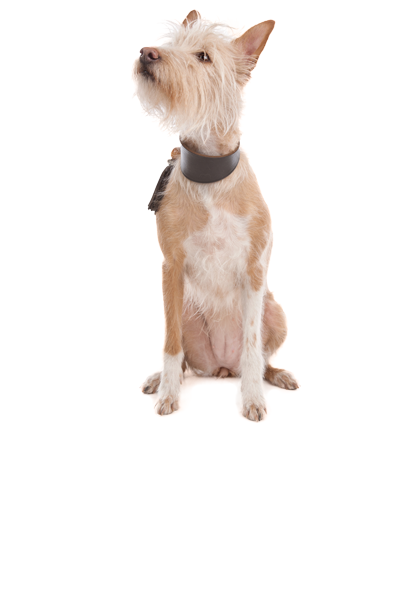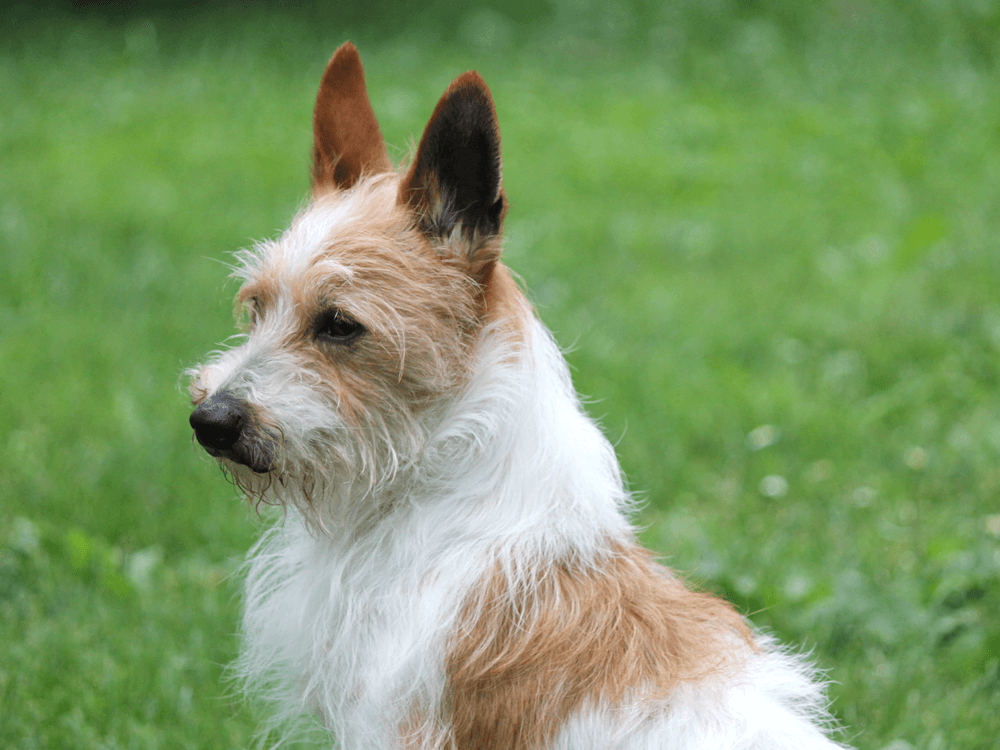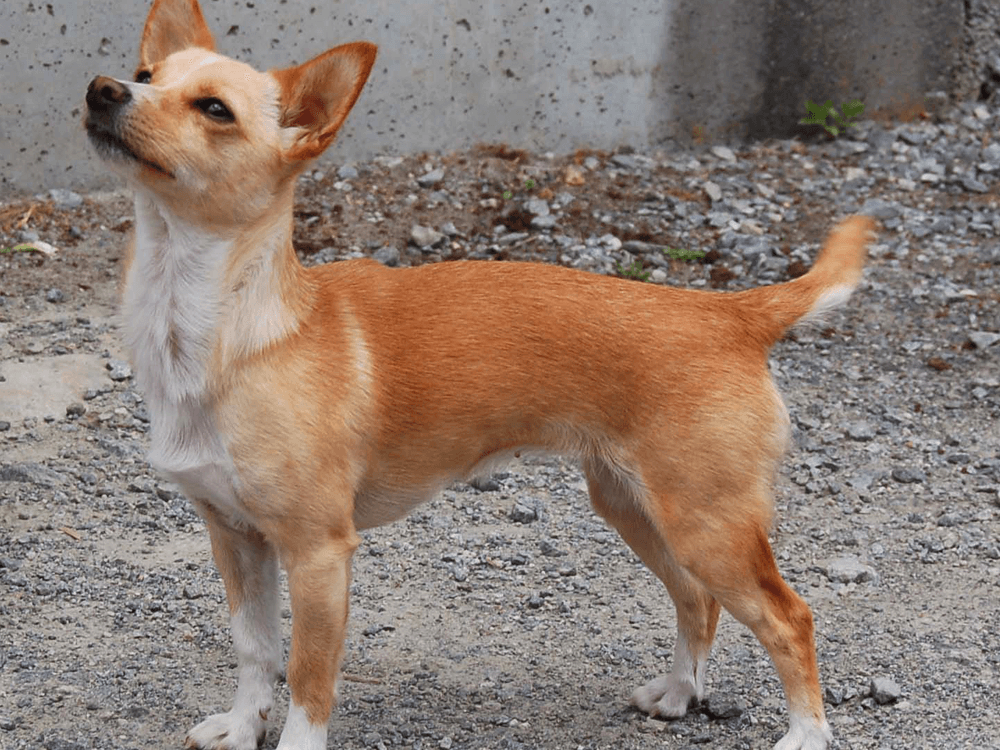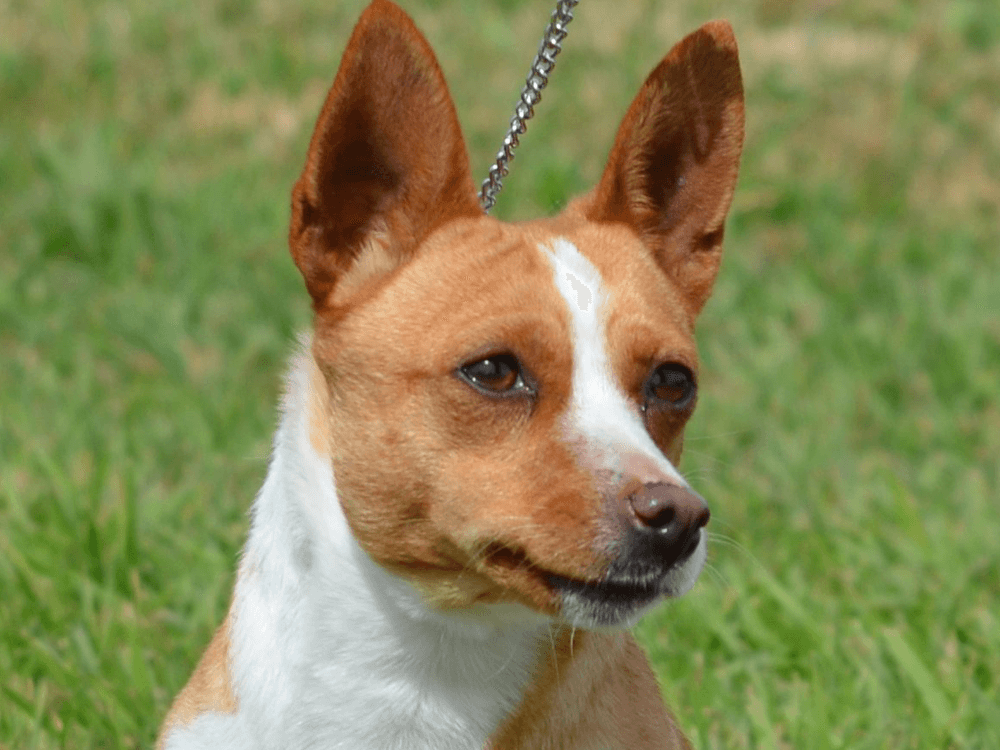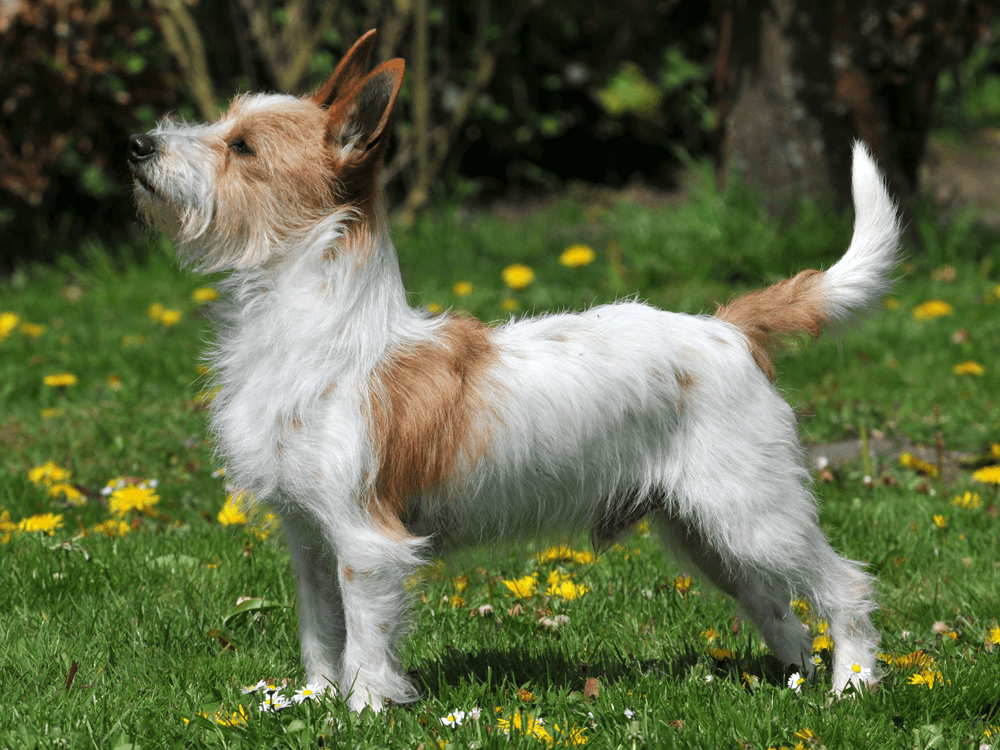
Portuguese Podengo Breed Pictures
Vital Breed Stats
| Height: | 20 - 31 cm M | 20 - 31 cm F |
| Weight: | 4 - 6 kg M | 4 - 6 kg F |
| Breed Group: | Toy Dog Group |
| Life Expectancy: | 11 - 14 years |
| KC Registered: | No |
Breed Characteristics
| Size: |  |
| Grooming: |  |
| Exercise Level: |  |
| Trainability: |  |
| Barking Level: |  |
| Good with Children: |  |
| Good with other pets: |  |
| Affectionate: |  |
| Protective: |  |
| Cost to Keep: |  |
Give a thumbs up if you love the Portuguese Podengo

0
More About the Breed
History
The Portuguese podengo is believed to be descended from Pharaoh hound. The breed was brought by Phoenician traders to Portugal in 1000 BC to be prized hunting dogs. The name podengo comes from the Portuguese word that means warren hound or rabbit hunter. The breed has been developed in Portugal since the sixteenth century and has been given the honour of being the national dog of the country.
The Portuguese podengo is said to be a member of the pricked-ear hunting dogs that are native to the Mediterranean along with the Pharaoh hound (Malta), Ibizan hound (Balearic Islands), and Podenco Canario (Canary Islands).
The Portuguese podengo comes in three sizes: small (pequeno), medium (medio), and large (grande), with the grande being the original version. In some countries, the podengo grande is often paired with mastiff-type hunting dogs. The medio became a distinct variety before the eleventh century, whereas the pequeno is believed to have been created during the reign of King Alfonso I in the 1140s. The breed is recognised by the Kennel Club in the UK.
Appearance
All three podengo size varieties are substantially identical in physical features except for the size and two coat types (smooth-haired and wiry-haired). The three size varieties include pequeno (8–12 inches; 9–13 pounds), medio (16–12 inches; 35–44 pounds), and grande (22–28 inches; 44–66 pounds). The medio and grande have square-proportioned bodies, whilst the pequeno is slightly longer than it is tall.
The Portuguese podengo has a primitive appearance that is typical of native Mediterranean dogs. It has a lean, wedge-shaped head that is either flattened or rounded like the Chihuahua. Its muzzle is slightly long and tapers somewhat towards the nose. The nose is a darker colour than the rest of the body. It has almond-shaped eyes, which range from honey to amber brown. The ears are large, triangular-shaped, and pricked, but point out to the sides.
As previously mentioned, the podengo comes in two distinct coats: smooth-haired and wire-haired. The smooth-coated podengo has a short-length coat that is dense and smooth, whilst the wiry-haired podengo has a medium-length coat that is rough and coarse. Also, a podengo with wiry coat often wears a distinctive beard and moustache. All sizes of the podengo come in shades of yellow or fawn, either solid or with white markings.
Grooming
Temperament
The podengo is independent and skittish around strangers, although it is generally affectionate. This dog needs to stay actively engaged in an activity with people or other dogs to be mentally and physically fit. It is also known for its quirkiness and will run around the house or engage in many amusing antics.
The podengo is a terrific family pet and companion dog. It is loving to its family, patient with the children, and a fearless watchdog and guard dog. However, supervision is a must during interaction between the dog and the children to keep playtime safe and calm.
Intelligence
Nutrition
Typical daily calorie needs of an adult Portuguese podengo based on the three average sizes and weights:
Grande (44–66 pounds):
- Senior and less active: up to 1,160 calories daily
- Typical adults: up to 1,310 calories daily
- Physically active/working dogs: up to 1,460 calories daily
- Senior and less active: up to 986 calories daily
- Typical adults: up to 1110 calories daily
- Physically active/working dogs: up to 1,230 calories daily
- Senior and less active: up to 350 calories daily
- Typical adults: up to 390 calories daily
- Physically active/working dogs: up to 440 calories daily
Feeding
Health
Exercise
Cost of Ownership
If you are planning to buy a Portuguese podengo, prepare to register your interest with breeders and be put on waiting list, since only a limited number of puppies are bred and registered each year. You would need to pay no less than £800 for a well-bred pedigree podengo puppy.
The pet insurance cost would be £26.99 a month for a basic cover and £52.55 a month for a premium and lifetime coverage. When it comes to food, you need to buy the best quality food that is formulated for the different size varieties of the podengo. Regardless, food cost will set you back £20 to £30 a month. In addition to all this, you need to factor in veterinary care costs, which include regular check-ups, initial vaccinations, annual boosters, and neutering/spaying, all of which will cost you over £900 a year.
As a rough guide, the average estimated cost to buy and raise a Portuguese podengo would be around £60 to £90 a month.
Portuguese Podengo Breed Highlights
- The Portuguese podengo is an energetic sighthound.
- It is the national dog of Portugal.
- It comes in three sizes: small (pequeno), medium (medio), and large (grande).
- It has two distinct coat types: soft hair or wiry hair.
- The podengo is a intelligent, lively, and brave dog.
- It is loyal and courageous, and as such is a great guard dog.
